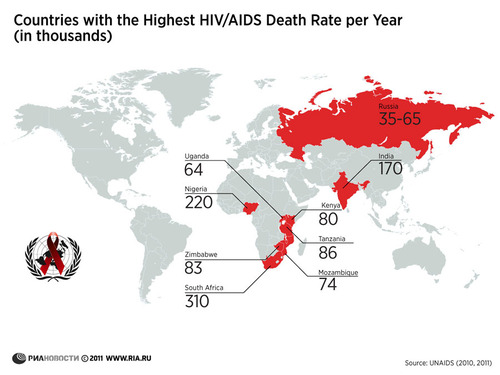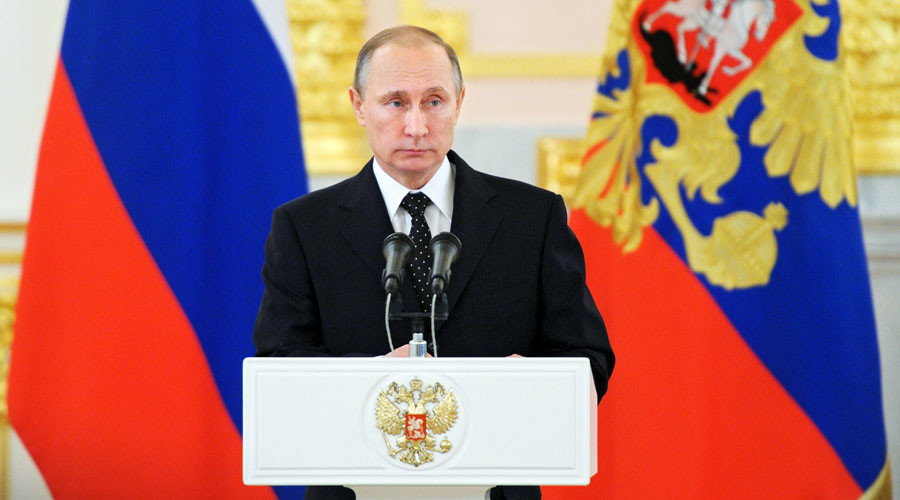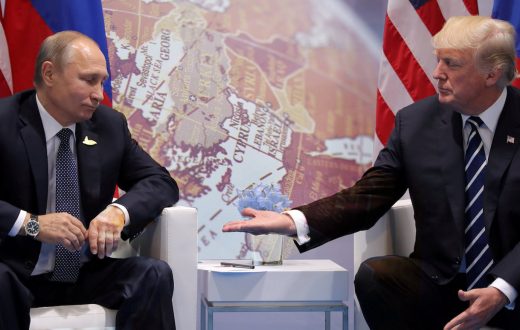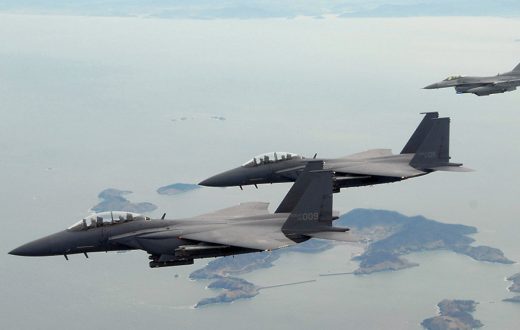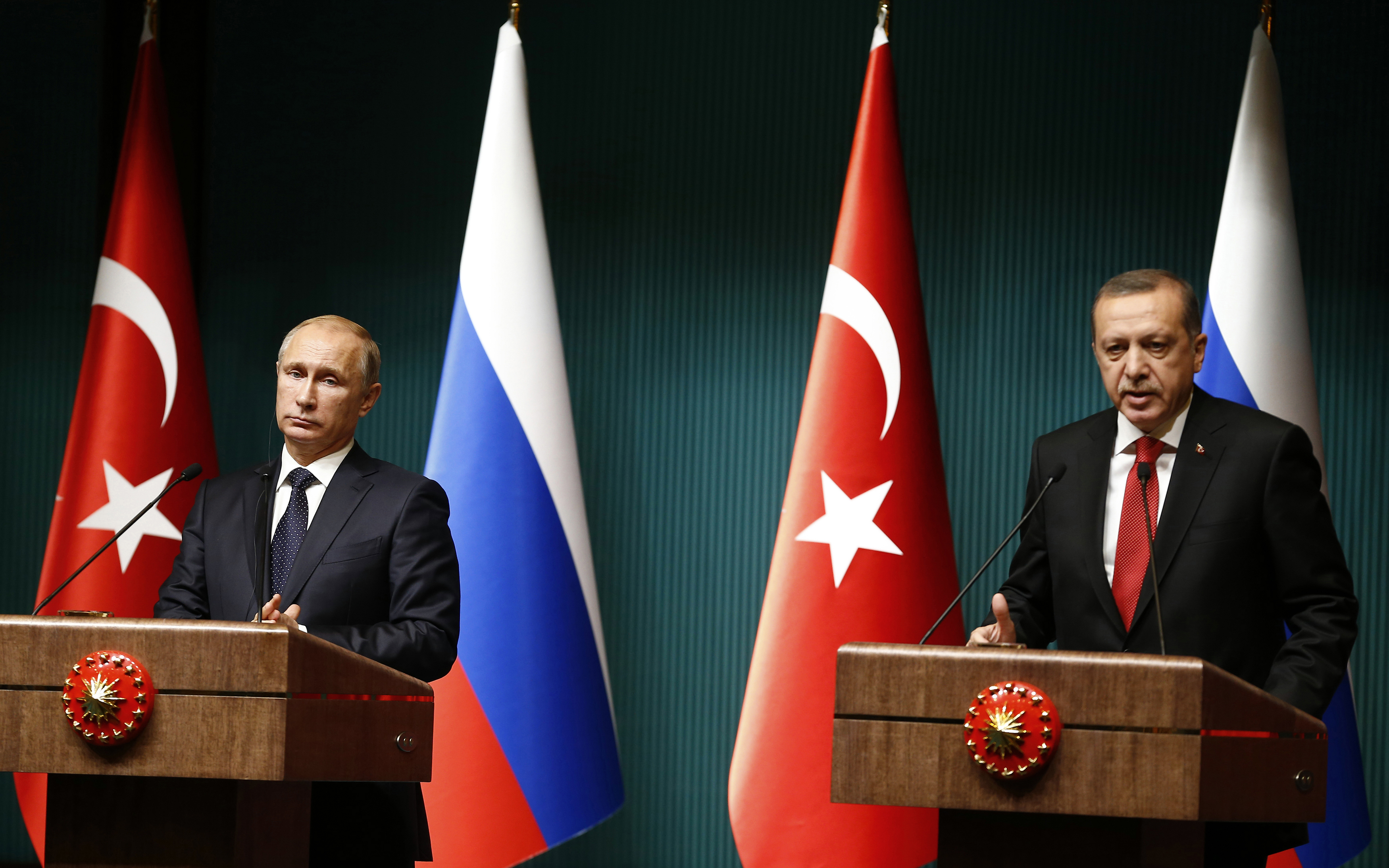Forecast
- Unless the Russian government changes its policies on combating and treating HIV, the number of Russians with the virus will double in the next four years, according to Russia’s Federal AIDS Center.
- Cultural traditions, economic weakness and Russia’s standoff with the West will dampen the Kremlin’s response to the HIV crisis.
- HIV will become more common, predominantly among working-age Russians, at a time when the country’s demographic outlook for the next decade is already bleak.
Analysis
There is a popular Russian proverb: It is better to be poor but healthy than rich but sick. Russia is beginning the new year neither rich nor healthy. As the Kremlin struggles with a weakening economy, the country’s HIV crisis has reached a milestone: The number of HIV-positive Russians has passed the 1 million mark, according to the Russian Federal AIDS Center. Just 10 years ago, the number of reported HIV cases in the country was only 170,000.
The number of HIV cases is growing at an accelerating pace, increasing by 12 percent in 2014 compared with 10 percent in 2013. Federal AIDS Center chief Vadim Pokrovsky estimates that 2 million Russians will be HIV-positive in four years. Pokrovsky has also noted that these are the cases officially registered — the true number is probably much higher. In the former Soviet region, approximately 80 percent of all new HIV infections are in Russia.

Typically, the Kremlin stays quiet about the spread of HIV in Russia. There is not a single HIV prevention and treatment expert in the Russian Ministry of Health. The Federal AIDS Center — formally called the Federal Center for the Prevention and Control of AIDS — is under the Health Ministry’s oversight. Moreover, the center was set up in 1995 but was not fully operational until 2005. It gives advice on policies to prevent and treat HIV and AIDS but has no authority to implement policies.
Departing from the government’s typical stance, Russian Prime Minister Dmitri Medvedev in late 2015 ordered the Health Ministry to draw up a strategy for combating the spread of HIV by November 2016 — the first time the Kremlin has created a national strategy on the issue. The government also announced in October 2015 that it would double spending on HIV treatment and prevention in 2016 from $300 million to $600 million. It is a minuscule amount of funding — the United States plans to spend $25.3 billion domestically on HIV care and prevention this year — but notably, the increase comes as nearly every other part of the Russian budget has been slashed.
Russia’s HIV and AIDS Epidemic
Initially, most of Russia’s HIV and AIDS cases occurred among the country’s drug users. Russia is a smuggling superhighway for drugs moving from Afghanistan to Europe and has one of the world’s largest populations of injectable drug users. The most popular of these drugs are heroin, injectable opiates and krokodil. Between the 1980s and the early 2000s, approximately 87 percent of new HIV cases in Russia were among injectable drug users. Russia stood in stark contrast with other regions enduring HIV epidemics, such as sub-Saharan Africa, where only 0.2 percent of new HIV cases are attributed to injectable drugs. UNAIDS, the United Nations’ program on HIV and AIDS, estimates that one-third of Russia’s injectable drug users have contracted HIV.
However, during the past decade, more HIV infections in Russia have been transmitted sexually; 53 percent of new HIV cases in the country are attributed to drug injections, and 42 percent are sexually transmitted. The shift occurred as Russians became more accepting of premarital sex and as rising inflation drove up the price of condoms. The Russian media — probably as part of the Kremlin’s anti-homosexuality campaign — has also blamed Russia’s homosexual and alternative lifestyle communities for the spread of HIV through sexual contact. However, according to Russia’s Federal AIDS Center, only 1.5 percent of new cases were contracted through homosexual contact. The leap in the number of women among new HIV cases — from less than 10 percent before 2005 to 37 percent in 2015 — corroborates the center’s information.
Though new HIV and AIDS cases are a countrywide problem, more than half the cases are concentrated in just 10 of Russia’s 83 regions. Four other regions (Tomsk, Altai, Novosibirsk and Perm) are catching up, however, as new HIV cases spread rapidly. These regions vary in wealth, economic activity and education, making it difficult to detect a trend in new HIV cases.

The Kremlin’s Culpability
Many of the Kremlin’s laws and practices are abetting the rapid spread of HIV across Russia. These practices stem largely from Russian culture and the country’s geopolitical and economic situations.
Russian society stigmatizes HIV. A study by a St. Petersburg think tank found that 25 percent of people diagnosed with HIV have been denied health care and 11 percent lost their jobs. Because of the prevailing attitude toward the disease, many people never get tested or treated, leading the Federal AIDS Center, the United Nations and other observers to believe that far more Russians have HIV or AIDS than those officially reported.
Conservative factions in the government and the Russian Orthodox Church have also convinced the Kremlin to maintain a ban on sexual education and HIV prevention programs in schools and universities. The Russian Health Ministry has said such programs would lead only to increased sexual activity and more new HIV cases. Still, the church claims that it has several successful HIV prevention programs, the latest of which is called “Chastity, Faith and Patriotism” — part of the church and the Kremlin’s promotion of traditional family values under the auspices of patriotism.
Meanwhile, the Kremlin has also banned opiate substitution treatments, such as the use of methadone or buprenorphine. Russia made the drugs illegal in 1997, reasoning that drug users should simply stop taking drugs abruptly or face up to 20 years in jail. Methadone’s status as an illegal drug is thought to have contributed to the continuing high rate of injectable opiate use in Russia and the subsequent spread of HIV. When Russia annexed Crimea from Ukraine in mid-2014, it stopped dispensing methadone to the 800 recipients on the peninsula, reportedly killing 20 people within a month.
And Russia blames the West for its growing HIV epidemic. In 2014, an adviser to Medvedev accused the West of trying to magnify the HIV crisis by failing to invite Russia to an International AIDS Society conference focusing on the HIV situation in Eastern Europe, Russia and Central Asia. Russian news media linked the snub to the deteriorating relations between Russia and the West; the conference occurred just after Russian-backed separatists downed a Malaysia Airlines flight over Ukraine. The International AIDS Society rebutted the claim and said it had sent invitations to Russia.
At the same time, Russia has withdrawn significantly from international efforts to combat HIV and AIDS and has pressured international HIV- and AIDS-oriented organizations, particularly those that are Western, to leave Russia. The United Nations’ Global Fund to Fight AIDS halted its funding for educational and preventive services in Russia in 2012.
The official reason for cutting this funding, according to the United Nations and the Kremlin, was Russia’s wealth as a nation, but the decision was also linked to Russia’s crackdown on U.N.-related groups in the country. In 2012, Russia enacted a Law Against Foreign Agents, which required any nongovernmental organization that received foreign funding to register as a “foreign agent.” The law was rooted in fears that the West could infiltrate Russian society through aid programs and NGOs. Many foreign NGOs dealing with HIV prevention and treatment, such as the U.S. Agency for International Development, were forced to leave the country. The Global Fund to Fight AIDS returned in a limited capacity when it realized the Kremlin did not replace its services when it left. The U.N. organization has distributed antiretroviral drugs to 4,300 patients in 2015, a significant drop from the 66,000 patients it distributed the treatment to in 2009. Since the 2012 crackdown on NGOs, testing for HIV has dropped by 20 percent.
Russia has also barred the World Health Organization’s Clean Needle Program, which substantially reduced the number of new HIV cases among drug users in developed countries. The European Union estimates that the combination of methadone treatments for drug users and the Clean Needle Program can nearly eliminate HIV transmission among drug users in advanced countries, as seen in the United Kingdom.
Furthermore, the Kremlin has cracked down on the pharmaceutical industry, limiting access to HIV treatments. Legally, Russia’s Federal AIDS Program is supposed to cover antiretroviral treatments, but only a symbolic few patients have received such coverage. The Kremlin retained the authority to import pharmaceuticals but abdicated responsibility for providing HIV treatment, putting the burden on the regional governments, most of which are struggling with mounting debts.
Russia imports 90 percent of its pharmaceuticals, and of its domestically produced pharmaceuticals, 99 percent require imported substances. In 2014, the Kremlin decided to boost the domestic pharmaceutical industry to break its reliance on imports, most of which come from the West. Russia has begun reducing imports from its top sources for pharmaceuticals — France, the United Kingdom, Denmark and Hungary — amid trade sanctions and cooling relations with Western powers, and Moscow wants to increase domestic pharmaceutical production even more by 2018.
Of course, Russia’s pharmaceutical sector grew 7.5 percent in 2015 after a growth spurt of 27 percent in 2014, though foreign investment spurred much of the growth. But now Russia is cracking down on foreign investors, requiring multinational companies to partner with local universities and levying a new 24 percent tax on company profits in the country. A recent study showed that about 77 percent of foreign pharmaceutical companies operating in Russia are struggling to remain profitable. The cost of importing drugs has increased during the past year as well, and Russia’s currency is still weak. Sixteen Russian companies have stopped making or selling many drugs because of the cost of imported substances, and pharmaceutical sales dropped by an estimated 30 percent in 2015. In addition, research and development in Russian sciences is declining in general.
Together, these factors have left only 3 percent of Russia’s HIV-positive population with access to antiretroviral drugs, according to the World Health Organization.
The Epidemic’s Impact
Given the estimate that Russia’s HIV-positive population could double by 2020, the epidemic has become an issue the Kremlin can no longer ignore. Not only are new HIV cases spreading rapidly, but 70 percent of HIV cases are among 20- to 39-year-olds, Russia’s primary working-age population.
Russia is already set up for demographic crises in the decade ahead. The ethnic Russian population is in steep decline, the overall population of the country is expected to drop by 10 percent before 2030, and the upcoming Russian workforce — the population cohort under the age of 20 now — is drastically smaller than the current workforce. If the bulk of Russia’s HIV cases are among the current workforce, and many new cases occur among the upcoming workforce, then Russia’s overall labor force will shrink substantially. In addition, HIV affects worker productivity, especially if the affected workers do not have access to the proper treatments. If treated, HIV patients can often participate in the workforce, though the additional health maintenance costs would create a burden for the overall economy.

However, changes in policies and practices regarding HIV would come with tradeoffs for the Russian government. The Kremlin could continue increasing spending on HIV programs and treatments, though any real progress would require amounts closer to Western spending on the crisis, in the tens of billions of dollars. With Russia in recession and oil prices probably remaining low for the foreseeable future, there is no indication that the Kremlin will spare more funds to combat the HIV crisis. Funding limitations also will prevent Russia’s pharmaceutical industry from expanding enough to produce the treatments needed.
In the current geopolitical climate, Russia will continue minimizing foreign assistance for and within the country. The Kremlin will also probably keep promoting conservative values and prohibiting HIV and sex education programs, particularly since the current government relies on a strong conservative base to maintain its power.
However, the Kremlin could take small steps to address the epidemic that would not be overly controversial. For example, Russia could make methadone and other opiate substitution treatment drugs legal in order to taper injectable drug use. If Russia does not want to import methadone from the West, it could buy it from other pharmaceutical producers in India or China. Moscow could also let international NGOs back in to provide treatment and aid, but again, the Kremlin will keep foreign activity in the country to a minimum.

Russia’s main problem is that it has waited so long to address its HIV epidemic. When the United States began addressing the rapidly growing number of HIV and AIDS cases, it took nearly two decades to reach a point where medicine and treatments could keep the disease at bay. Even if Russia were to employ the amount of financial, educational and medical resources the United States has, HIV would still hurt Russia and its population in the coming decades.

